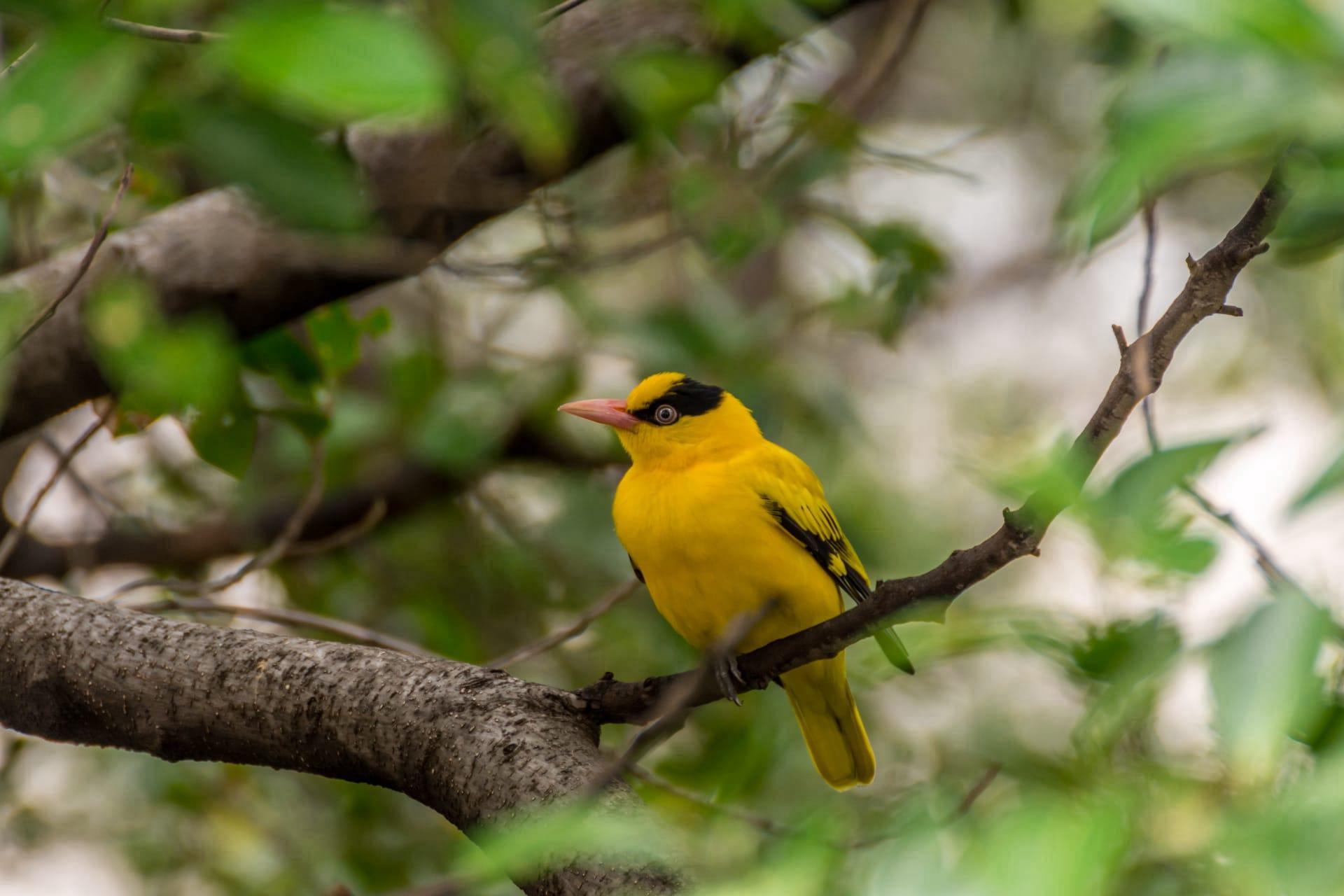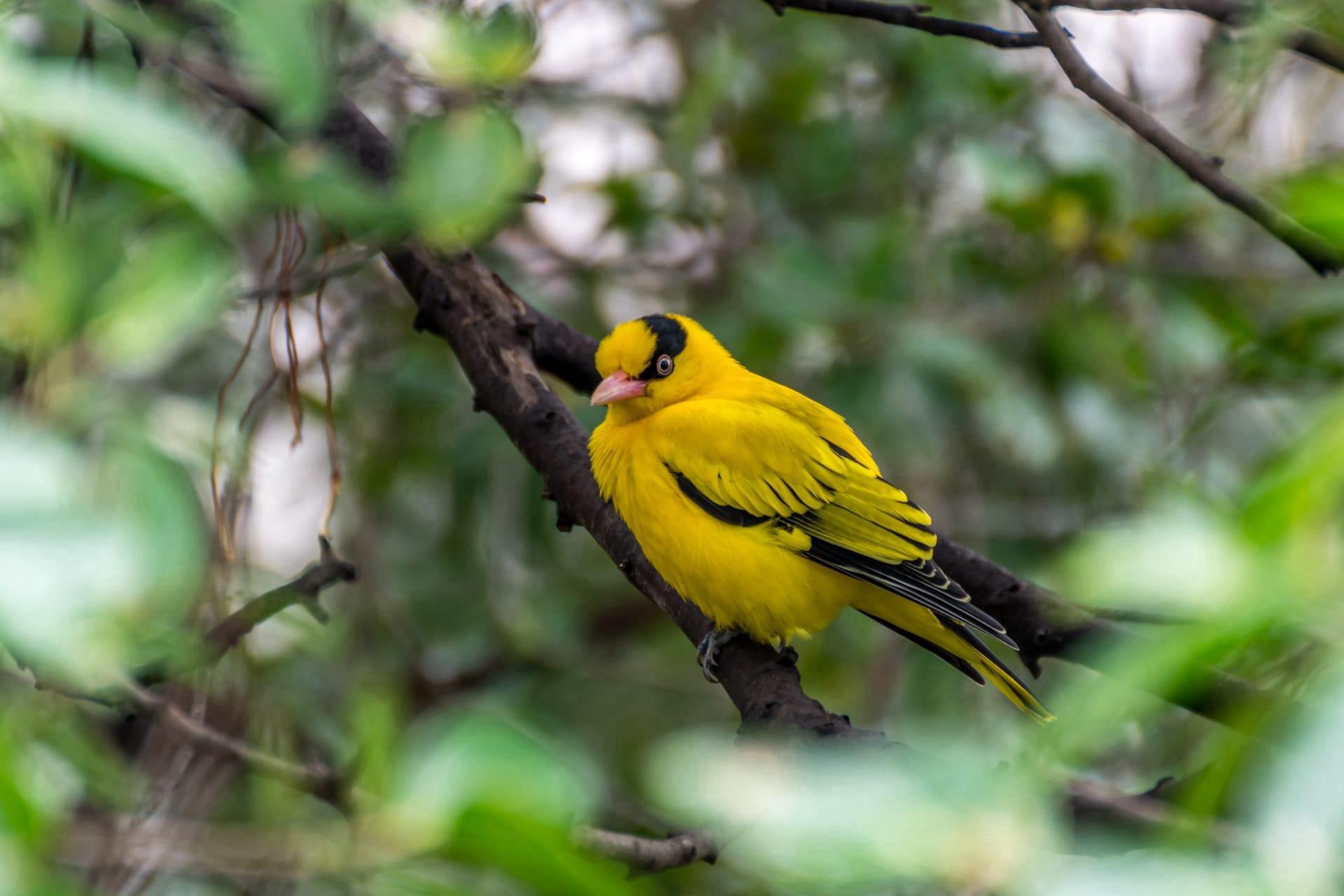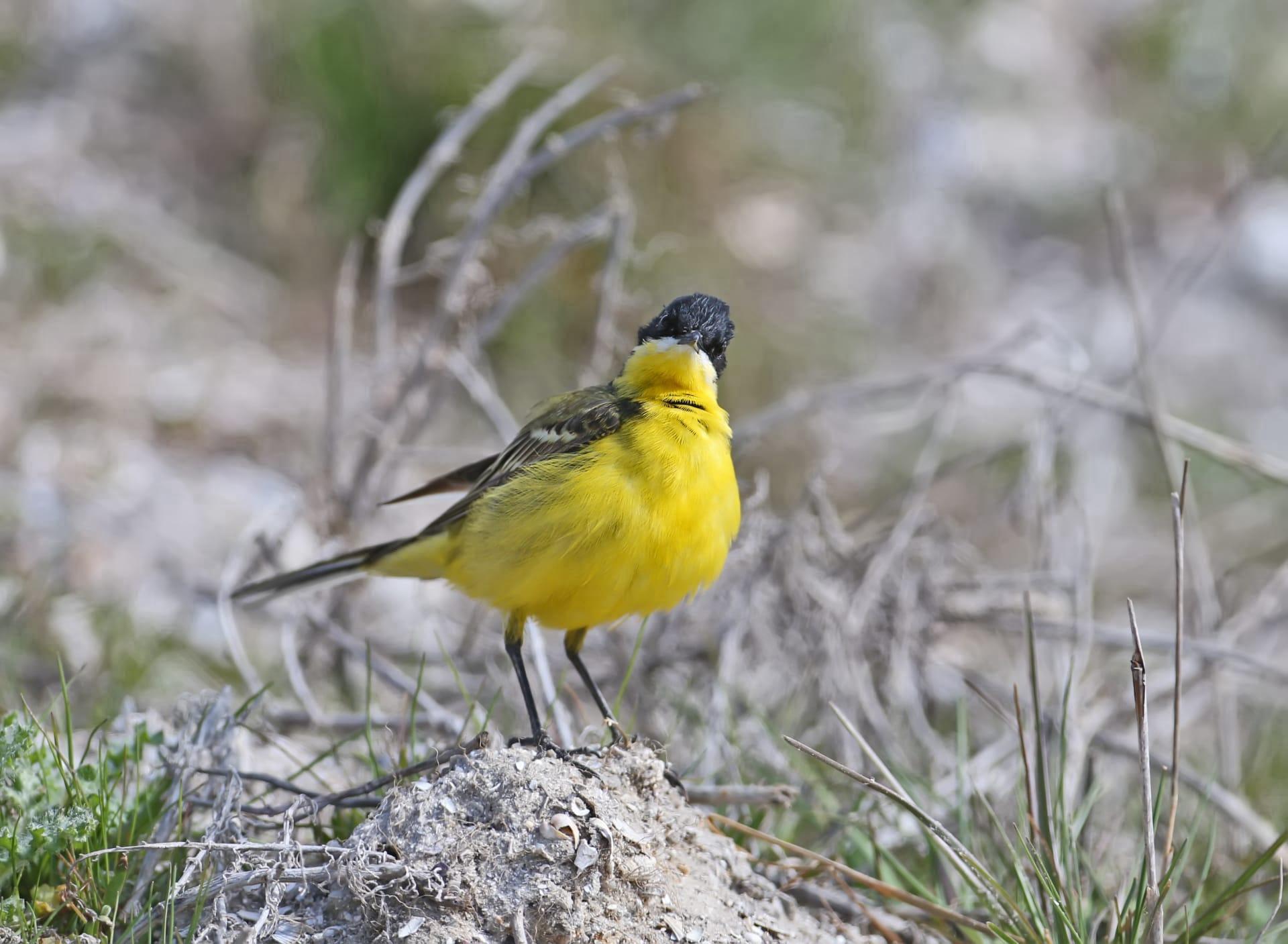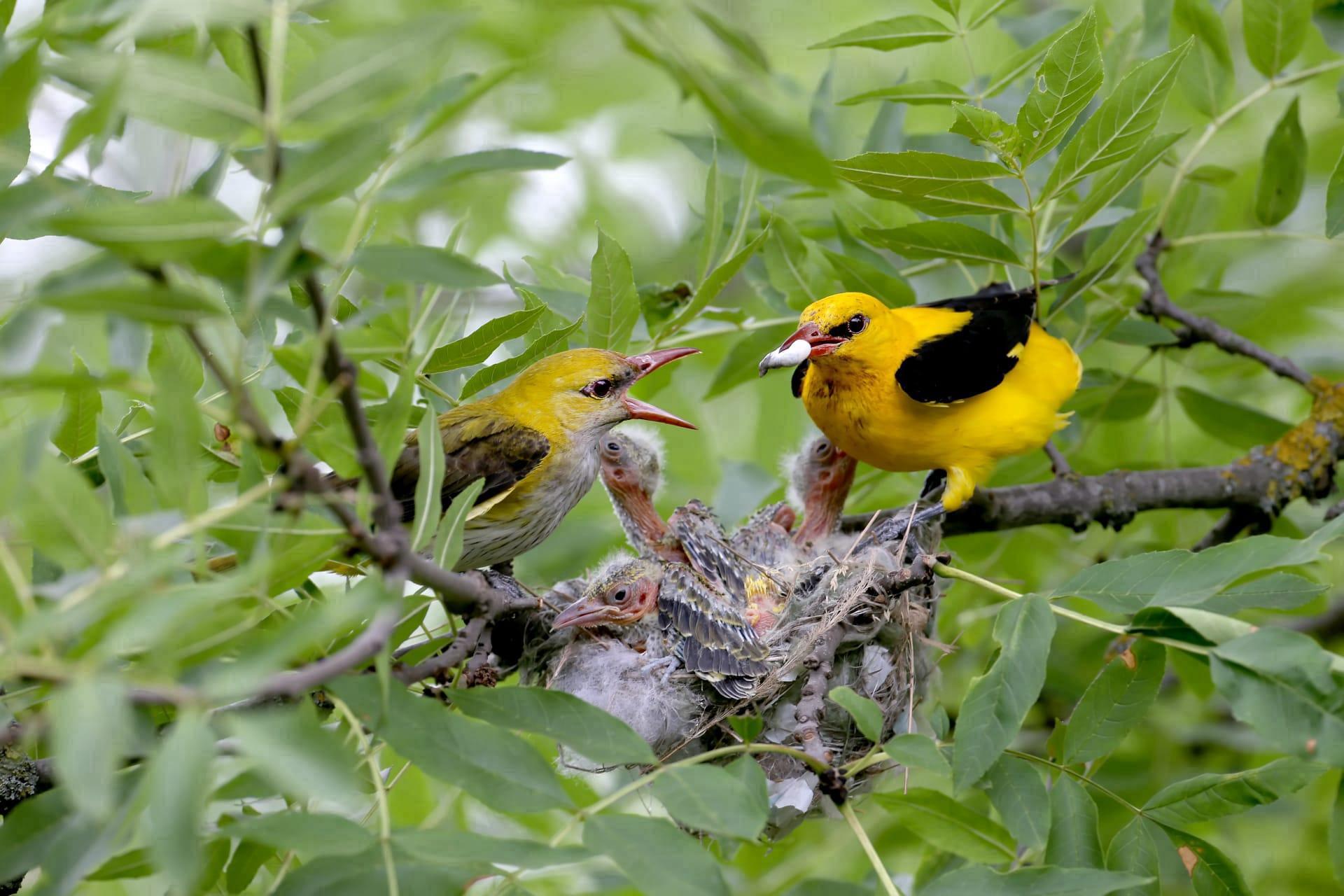1
Weaverbirds, known for their remarkable nest-building skills, create intricate nests that are true marvels of avian architecture. One striking fact about these nests is their size and complexity. A single nest can be up to one meter in length and often resembles a woven basket, hence their name. These nests are constructed using a variety of materials like grass, leaves, and twigs, intricately woven together. The male weaverbird is primarily responsible for this task, and the quality of the nest is a crucial factor in attracting a mate.
Another fascinating aspect of weaverbirds is their social structure. Many species of weaverbirds are highly social and live in colonies, which can sometimes comprise hundreds of individual nests. This communal living offers several advantages, including protection from predators and a collective warmth during colder periods. The sociable weaverbird, for instance, builds large communal nests on trees and other tall structures, which can house over a hundred pairs of birds, each with its own chamber within the nest. These mega-nests can last for decades, continuously being expanded and maintained by the colony.

2
Weaverbirds are not only architects but also artists. The male baya weaverbird, for example, adds a touch of flair to its nest by decorating it with bright, colorful materials. They often use petals, plastic pieces, or even bits of glass to make their nests more attractive. This behavior is thought to be a form of courtship display, aimed at impressing potential mates. The more elaborate and colorful the decoration, the higher the chance of attracting a female.
The diet of weaverbirds is another point of interest. While primarily seed-eaters, many weaverbird species exhibit a diverse diet that includes insects, especially during the breeding season when protein is crucial for the growth of their young. Some species, like the red-billed quelea, have adapted to feeding on a range of grains and can become agricultural pests. These birds form massive flocks that can devastate crops, leading to significant challenges for farmers.

3
Remarkably, weaverbirds exhibit a high level of intelligence and problem-solving skills, especially in nest construction. They choose their nesting materials carefully and can intricately weave and knot blades of grass or leaves. This process requires a high level of dexterity and spatial awareness. Some weaverbird species are known to test the strength of their nests by vigorously shaking them. If a nest doesn’t meet the standards, the male will often start over, ensuring the safety and stability of the structure.
Another interesting fact about weaverbirds is their role in ecosystem balance. By feeding on seeds and insects, they help control insect populations and aid in seed dispersal, contributing to the health of their habitats. Their nests also provide shelter for other species, including birds of other species, insects, and sometimes small mammals. This highlights the weaverbird’s integral role in maintaining ecological diversity and balance.

4
The mating rituals of weaverbirds are unique and fascinating. The male performs an elaborate dance and song routine to attract a mate. This performance is not just a display of physical ability but also a demonstration of the nest's quality. If a female is impressed, she will inspect the nest. If it meets her standards, she will signal her approval, leading to a partnership for the breeding season. This ritual emphasizes the importance of both physical attributes and skill in nest building for reproductive success in weaverbirds.
Climate change has impacted weaverbirds, particularly in their migration patterns and breeding behaviors. Changes in temperature and rainfall patterns affect the availability of nesting materials and food sources, leading to shifts in breeding seasons and nesting sites. This adaptability to environmental changes highlights the resilience of weaverbirds, but also underscores the challenges they face in a rapidly changing world.

5
Weaverbirds are not only skilled builders but also meticulous housekeepers. After completing a nest, the male weaverbird will often clean the inside of the nest to make it more appealing to potential mates. This behavior includes removing parasites and debris, which helps in ensuring a healthy environment for the offspring.
The vocalizations of weaverbirds are quite diverse and serve multiple purposes. From melodic songs to harsh calls, their vocal range is used for attracting mates, communicating with fellow colony members, and warding off predators. Each species has its own distinct set of calls, which can vary based on region, indicating a complex and evolved communication system. This vocal diversity is not just a means of communication but also adds a melodious aspect to their habitats, enriching the auditory landscape of their ecosystems.